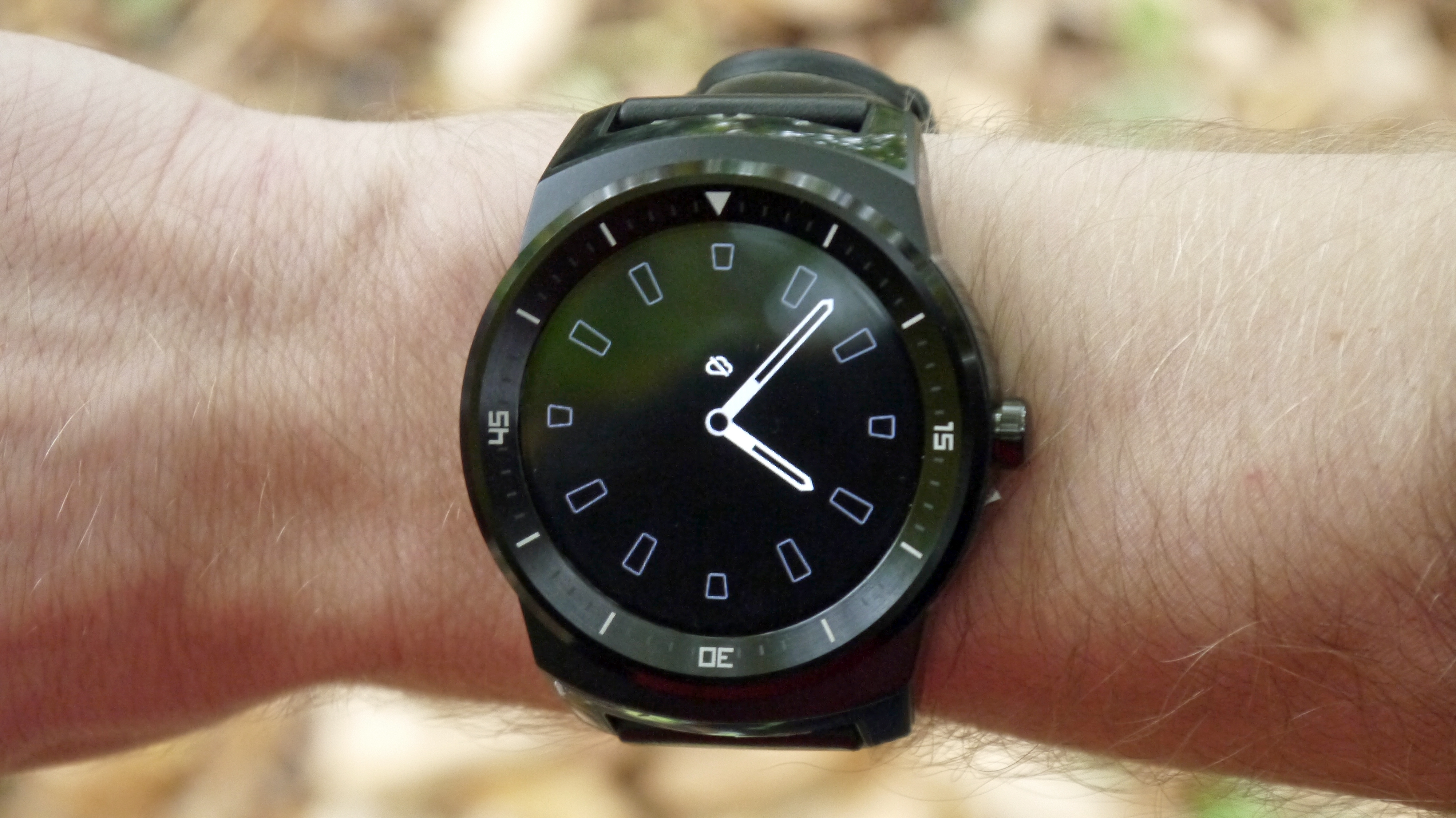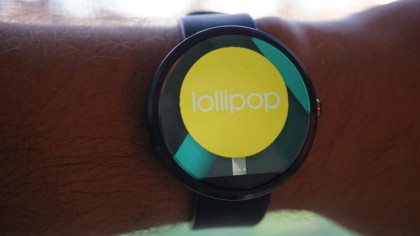Here's what Android Wear's Lollipop update will bring to your wrist
Google's keeping it fresh

The latest version of Android is readying itself for the jump to smartphones, but details have only just emerged about what Google has planned for the wrist-based version of Android 5.0 Lollipop.
There's no definitive date for Android Wear's update to Lollipop. But according to reports posted on Phandroid, we'll be seeing plenty of new features when it drops - including the arrival of Material Design.
First, the update will bring some improvements to battery life and storage. Google has added a watch storage monitor through the companion app, letting you see which apps are taking up the most space. Similarly, a new battery page will keep you apprised of your power usage and which applications are draining the most juice.

Lollipop will bring with it more watch faces courtesy of an official watch face API that'll allow developers to really get creative. Additionally, watch faces on Lollipop will also be able to show weather information.
Wristy business
Two further updates to Android Wear with Lollipop will include the ability to undo a dismissed notification card by swiping upwards and two new modes to control brightness. Theatre mode and Sunlight mode will appear as settings when you swipe down to bring about a new menu.
The former mode will mute the screen completely until you press the hardware button or double tap the screen. The latter, presumably, will bring the brightness up to maximum for the best viewing in bright light.
A few new additions to Android Wear via the update should also make it easier to read. There are new settings under 'accessibility' that include upping the text size, colour inversion and magnification gestures.
Get daily insight, inspiration and deals in your inbox
Sign up for breaking news, reviews, opinion, top tech deals, and more.
Finally, Google is adjusting the main action menu to now sort actions based on your most recently used feature. How this will work out in practice is something we're looking forward to finding out.